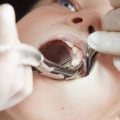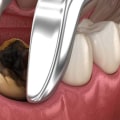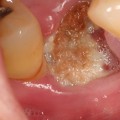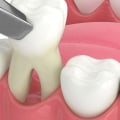Tooth extractions are a common dental procedure, and the type of anesthesia used depends on the complexity of the extraction. Local anesthesia is the most basic level and is often used for single tooth extractions and for the placement of implants. Anesthesia is given by injection into the inside of the mouth. If wisdom teeth are removed, dental implants are placed, or oral or maxillofacial reconstruction is needed, general anesthesia may be used.
Intravenous sedation is another option. Extraction is usually recommended when the patient experiences wisdom tooth pain or other symptoms. It is most commonly used for minor procedures involving the soft tissues of the mouth or for simple tooth extractions. To prevent potential problems in the future, some dentists and oral surgeons recommend extracting wisdom teeth even if the impacted teeth aren't currently causing problems. The dentist or oral surgeon may use one of three types of anesthesia, depending on the expected complexity of removing the wisdom tooth and your level of comfort. Local anesthesia is the most common option, but intravenous sedation and general anesthesia are also available.
If your tooth is deeply impacted or if the extraction requires a deep surgical approach, your dentist may suggest that you see an oral surgeon. After receiving anesthesia, sedation, or general anesthesia, you'll be taken to a recovery room. If you are given local anesthesia, your brief recovery period is likely to be in the dental chair.






